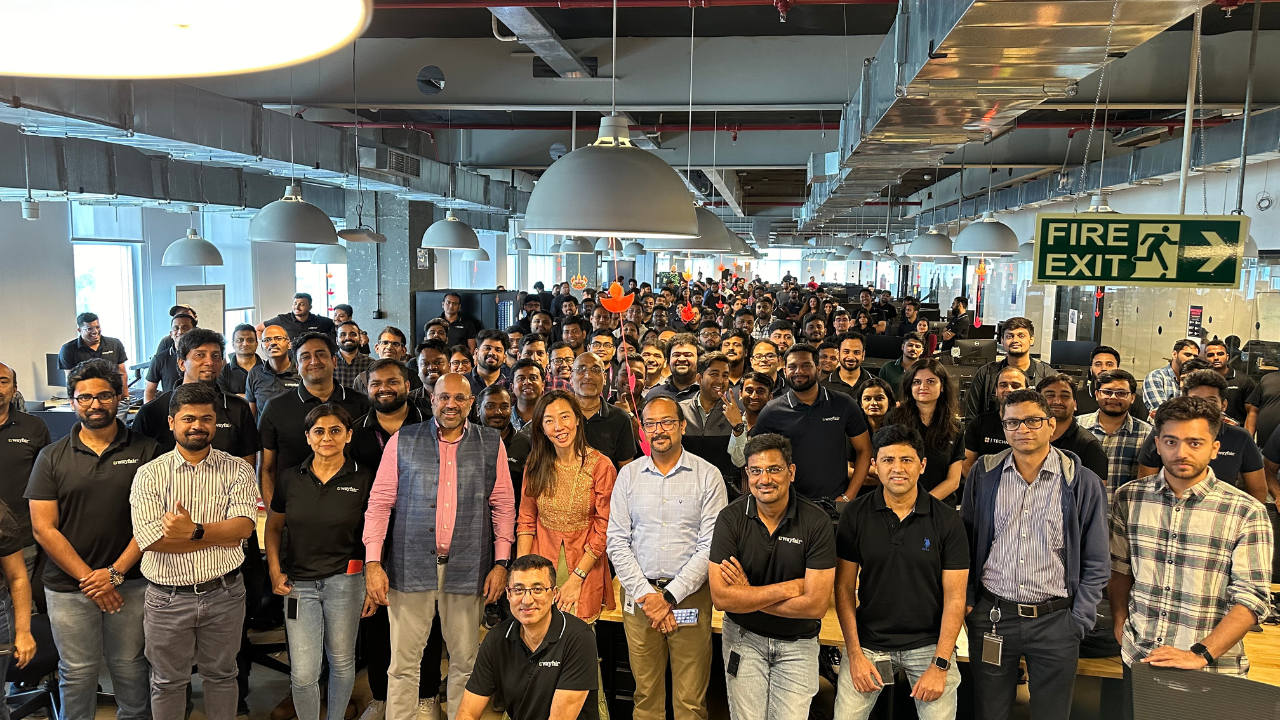Niraj Shah needs India to scale Wayfair – Times of India

[ad_1]
But in India, Niraj Shah, co-founder of Wayfair, is hiring.He’s already built an engineering and R&D team here of about 300, bringing in highly experienced people from companies like Walmart Global Tech India, including Rohit Kaila, who was leading a major part of Walmart’s tech organisation for nearly six years. Shah wants to take that number to 700 by the end of this year.
Shah’s Wayfair is the largest online-only home furniture retailer in the US, and is ranked among the top 10 e-commerce players in the country.
His parents are both from India. His father moved to the US for graduate school, after which he worked with General Electric (GE) in Massachusetts. Shah was born in Pittsfield, Massachusetts, and that’s where he lived until he graduated from high school. He went to university in Cornell in New York State, and then moved to Boston, where he has been ever since.
“I have aunts, uncles, cousins in Mumbai. My dad grew up outside of Mumbai. My mother grew up in Raipur, but even her folks over time moved to Mumbai,” he tells us on a visit to Bengaluru.
After graduating from Cornell in 1995 as an engineer, he and a friend from college, Steve Conine, started a company, called Spinners, that built a lot of the original internet sites and applications – for New York Times, they built the online real estate classifieds listings, and the customer service system, for Merrill Lynch, they built document management systems, for JPMorgan Chase, they helped build their first online trading system. Shah and Conine sold Spinners to a company called iXL in 1998, during the dotcom boom.
They stayed in iXL for two years, and then brainstormed on what to do next. One software business they tried did not work out. That’s when they came across government data that showed e-commerce growing. And decided to get into a category that others weren’t already in. Amazon was at the time only in books and music. Shah and Conine started by selling TV stands and speaker stands online, and that was called racksandstands.com. Then they saw an opportunity in bedroom furniture, and started another site called bedroomfurnituredirect.com. Over the next few years, they ended up with 200 different niche websites – including cookware.com, luggage.com, strollers.com – under a company called CSN Stores.
“In 2011, we were about $500 million in sales. But we realised that without a brand that was memorable, we would not be able to capture the opportunity,” Shah says.
So, for the first time, they raised external capital, and launched the Wayfair brand. They shut down the 200 sites, and brought everything under wayfair.com – focusing on furniture and home goods. They lost a lot of their earlier traffic. But between 2013 and 2017, primarily with advertising, they were able to take Wayfair from “a brand no one knew to a household brand in the US”. Over time, they also went into Canada, UK, Germany and Ireland.
Incredible talent
Wayfair is an over $12 billion revenue company today. And Shah wants to digitally transform it to be able to deal with much bigger scale. That’s where the India centre comes in. “We need lots of really talented folks who can build cloud native systems. And in Bengaluru, we find incredible talent,” he says.
One of the first teams that has got going is working on supply chain technology. Shah says Wayfair’s products are big and bulky, and prone to damage. They are expensive to move around. The more points they touch, the greater the expense and chances of damage. Most goods come from China and South-East Asia, and it’s critical that they be moved as directly to the customer location as possible. Simultaneously, the effort is to enable suppliers to precisely track their products.
“We’ve got technology built over the years, but we need to decouple the systems, and build them so that they can scale, so that suppliers can have insights, and so that we can handle the logistics in as elegant a way as possible,” says Shah.
